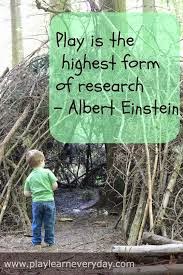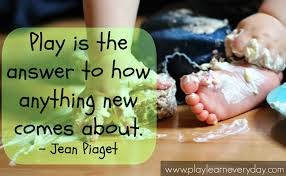Our Grade One environment has evolved over the last two years- as I read things, reflected, questioned and experimented, materials were added and spaces were altered. As well, as I listened to the voices of my students, followed their wonderings and direction, our learning spaces changed to better suit the inquiry and play. My understanding of the environment as the third teacher has gone deeper.
Although, esthetically pleasing to the eye, there is more to it than that. The materials in the environment have a purpose and are placed carefully and thoughtfully to provoke wonder and encourage engagement. Multi-sensory materials are placed to explore shades, colours, textures, smells.
Natural light and natural materials are purposefully brought in to "bring the outside world in." One book I read, questioned how it is we teach children to care for the natural world but have it hold no importance inside the classroom. How can we teach children to love the environment and help them create relationships with the natural world, if we don't have it part of our school world?
.jpg)
Carefully placed mirrors help students to see things 3 dimensionally and see things from a different perspective. Light materials create a feeling of "magic" and "wonder" as students explore light, shadow, colour...
The presentation of "loose parts" (Hawkins) in the room that are interesting in colour, shape, texture that are not for one specific purpose of play, but can be used imaginatively by students in all areas of the learning including art, sculpture, construction, drama etc...
The lack of colour, lack of commercially made posters/displays, the emphasis of natural materials (i.e. wood, glass, metal, stone etc...), the carefully displayed items for provocation and invitation to learning all help to create a sense of calm inside a Reggio-Inspired environment. The creation of a calm environment is intentional, so that student work, documentation and learning is what stands out- it is what draws the eye.
As you begin your own journey, consider the way your environment is used by your students. How do they use the materials set out? Are they multi-functioning that allow for students to adapt the material for their own thinking and creations? Are they open-ended materials that can be used in a variety of ways for students to imagine, create and go beyond the "box?" Does your space change throughout the year, depending on what is happening with student inquiries? Do you listen to your students voices to direct the learning in the classroom? Are students part of creating the learning environment? Most importantly, is the classroom considered "YOUR" classroom or does it belong to the classroom family?







